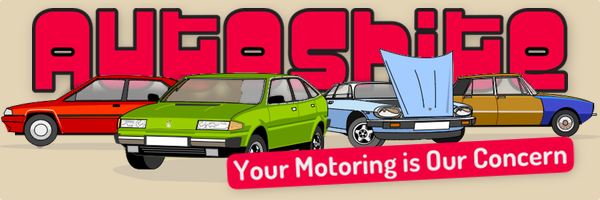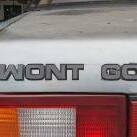Eye-catching black and whites
-
Similar Content
-
- 19 replies
- 907 views
-
Porsche 924 white 1 2 3 4 17
By inconsistant,
- 508 replies
- 79,891 views
-
Black number plates 1 2 3 4
By UltraWomble,
- 104 replies
- 6,447 views
-
- 34 replies
- 1,591 views
-
- 88 replies
- 13,773 views
-







Recommended Posts
Create an account or sign in to comment
You need to be a member in order to leave a comment
Create an account
Sign up for a new account in our community. It's easy!
Register a new accountSign in
Already have an account? Sign in here.
Sign In Now